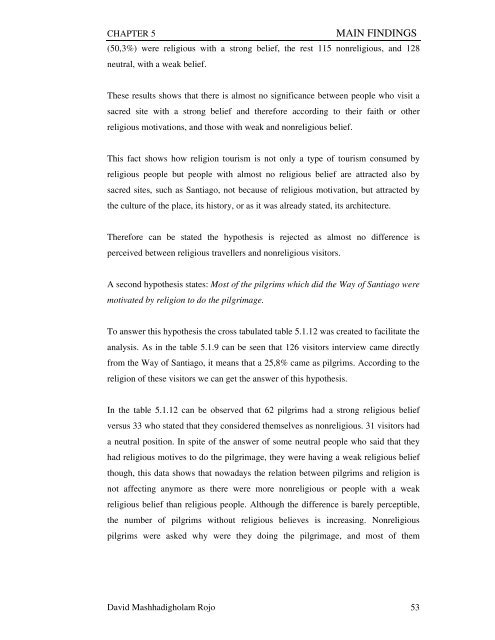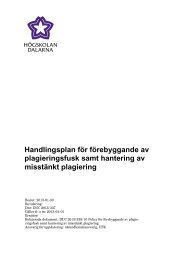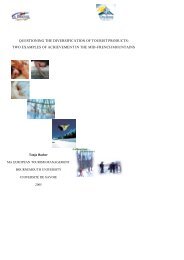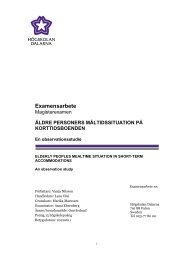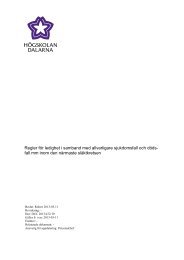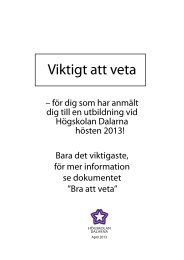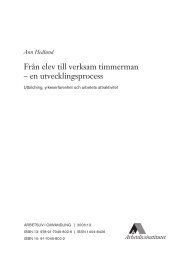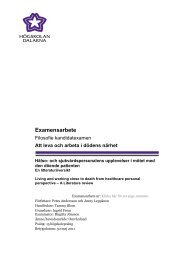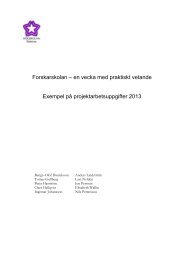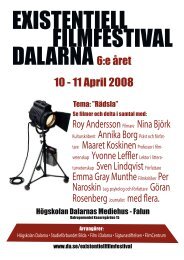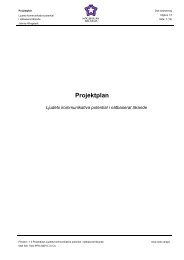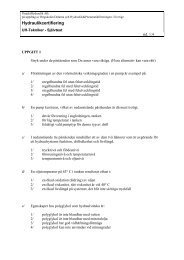Religious Tourism: The Way to Santiago
Religious Tourism: The Way to Santiago
Religious Tourism: The Way to Santiago
You also want an ePaper? Increase the reach of your titles
YUMPU automatically turns print PDFs into web optimized ePapers that Google loves.
CHAPTER 5 MAIN FINDINGS<br />
(50,3%) were religious with a strong belief, the rest 115 nonreligious, and 128<br />
neutral, with a weak belief.<br />
<strong>The</strong>se results shows that there is almost no significance between people who visit a<br />
sacred site with a strong belief and therefore according <strong>to</strong> their faith or other<br />
religious motivations, and those with weak and nonreligious belief.<br />
This fact shows how religion <strong>to</strong>urism is not only a type of <strong>to</strong>urism consumed by<br />
religious people but people with almost no religious belief are attracted also by<br />
sacred sites, such as <strong>Santiago</strong>, not because of religious motivation, but attracted by<br />
the culture of the place, its his<strong>to</strong>ry, or as it was already stated, its architecture.<br />
<strong>The</strong>refore can be stated the hypothesis is rejected as almost no difference is<br />
perceived between religious travellers and nonreligious visi<strong>to</strong>rs.<br />
A second hypothesis states: Most of the pilgrims which did the <strong>Way</strong> of <strong>Santiago</strong> were<br />
motivated by religion <strong>to</strong> do the pilgrimage.<br />
To answer this hypothesis the cross tabulated table 5.1.12 was created <strong>to</strong> facilitate the<br />
analysis. As in the table 5.1.9 can be seen that 126 visi<strong>to</strong>rs interview came directly<br />
from the <strong>Way</strong> of <strong>Santiago</strong>, it means that a 25,8% came as pilgrims. According <strong>to</strong> the<br />
religion of these visi<strong>to</strong>rs we can get the answer of this hypothesis.<br />
In the table 5.1.12 can be observed that 62 pilgrims had a strong religious belief<br />
versus 33 who stated that they considered themselves as nonreligious. 31 visi<strong>to</strong>rs had<br />
a neutral position. In spite of the answer of some neutral people who said that they<br />
had religious motives <strong>to</strong> do the pilgrimage, they were having a weak religious belief<br />
though, this data shows that nowadays the relation between pilgrims and religion is<br />
not affecting anymore as there were more nonreligious or people with a weak<br />
religious belief than religious people. Although the difference is barely perceptible,<br />
the number of pilgrims without religious believes is increasing. Nonreligious<br />
pilgrims were asked why were they doing the pilgrimage, and most of them<br />
David Mashhadigholam Rojo 53


